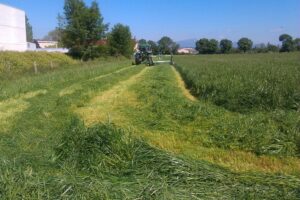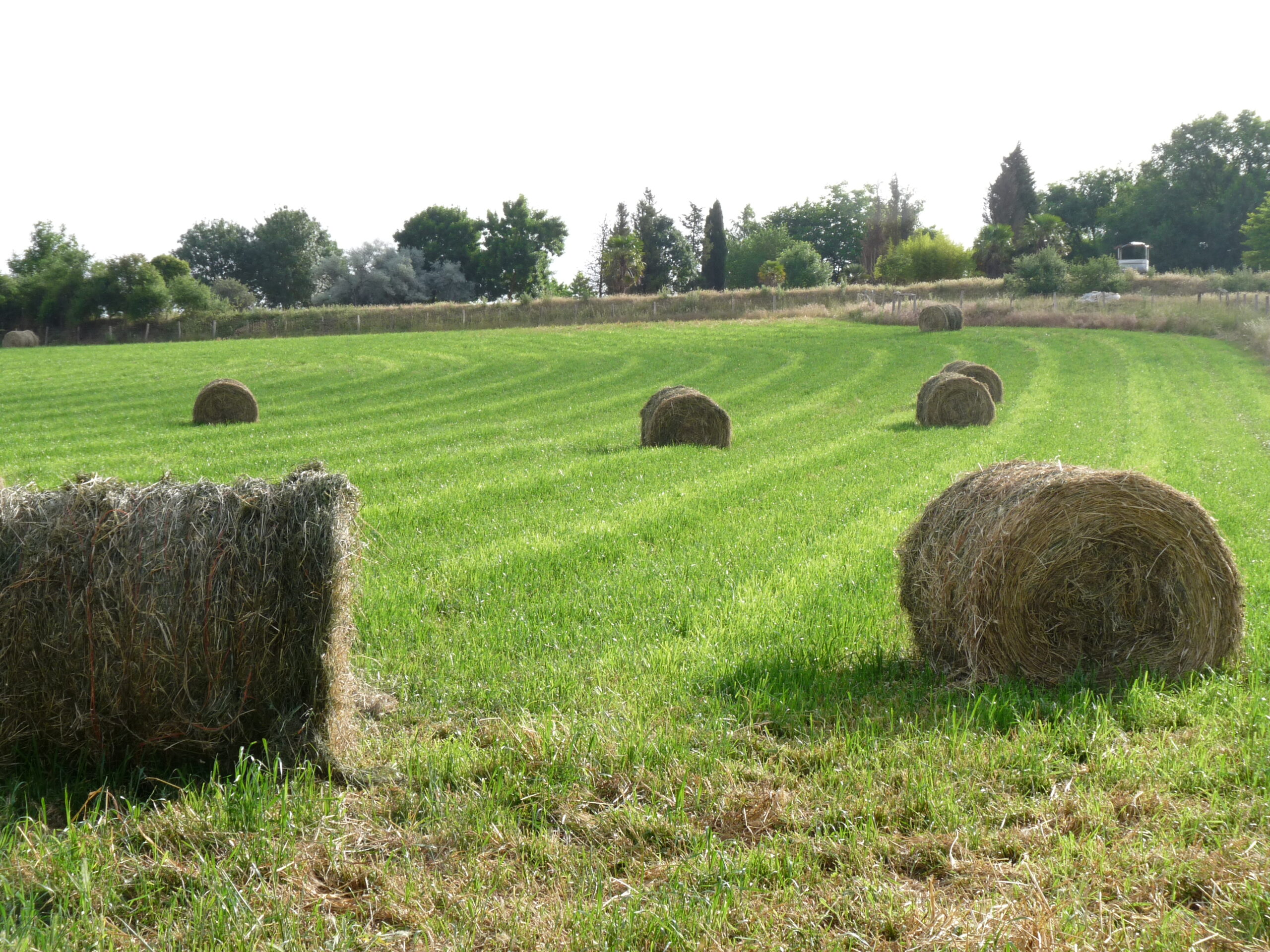În data de 26 aprilie 2024, echipa de producție animală NEIKER-BRTA a susținut un seminar privind importanța calității furajelor pentru hrănirea ovinelor la sediul OVIARAGON din Zaragoza. Douăzeci și două de persoane din serviciile tehnice ale cooperativei au luat parte la sesiune. Prima parte s-a axat pe calitatea actuală a furajelor produse de fermele cooperativei. A reieșit că există o mare diversitate de culturi și tipuri de furaje (predominant fân, în special lucernă), precum și o gamă largă de calități, condiționate de tipul de cultură, sistemul de conservare etc. Cu toate acestea, s-a observat un conținut mediu-redus de proteine și un nivel ridicat de fibre. Aceste rezultate au dat naștere la anumite îndoieli legate de calitatea și compoziția „pajiștilor” sau a pășunilor, de lipsa leguminoaselor sau de practicile de fertilizare, precum și de vârsta culturii în momentul recoltării. În continuare, a fost prezentată importanța hrănirii ovinelor cu furaje de înaltă calitate, noțiuni de bază privind consumul de furaje. De asemenea, a fost alocat ceva timp pentru a explica modul de utilizare a programelor de proiectare a rqțiilor pentru rumegătoare (cum ar fi INRAtion) și au fost prezentate numeroase exemple de rații pentru a evalua efectul utilizării diferitelor tipuri de furaje (de exemplu, efectul fânării atunci când pășunea se află în faza de creștere vegetativă sau în faza de gletuire; diferențe între fân sau siloz etc.). Principalele concluzii ale acestei părți au fost următoarele: – Îngrășarea ierbii reduce calitatea nutritivă a acesteia, în special conținutul de proteine, precum și ingestibilitatea furajului. – Este important să se evalueze calitatea nutrițională a furajelor în laborator, dar acest lucru poate să nu fie suficient, în special în cazul însilozării: cantitatea de furaj pe care un animal o poate consuma este, de asemenea, foarte importantă, iar conținutul de proteină brută nu este întotdeauna un bun indicator al aportului de proteină digestibilă în intestin (PIB sau PDI pentru INRAtion). – Întârzierea momentului de însilozare reduce calitatea furajului conservat. – Preînsilozarea nu modifică sau nu înrăutățește analiza chimică a furajului însilozat, dar contribuie la o conservare mult mai bună a capacității de a furniza PDI. – Această pierdere a capacității nutritive este compensată cu furaje concentrate sau prin modificarea formulei și/sau a cantității oferite. – Oile care consumă sainfoin cresc timpul petrecut cu consumul de furaje, reduc timpul petrecut cu rumegatul, ceea ce duce la un aport zilnic mai mare. De asemenea, a fost prezentată oportunitatea suplimentării furajului cu turte de semințe oleaginoase presate la rece ca alternativă la alte materii prime (făină de soia, ulei de palmier etc.) ca sursă de proteine.

Ultima parte a zilei s-a axat pe RECOMANDĂRI PENTRU A PRODUCE FURAJE DE ÎNALTĂ CALITATE. Astfel, deși vremea este un factor determinant pentru efectuarea corectă a lucrărilor, este esențial să se țină seama de momentul optim de cosire pentru fiecare tip de cultură, pentru a recolta furaje de calitate, și să nu se pună accentul atât de mult pe cantitatea de furaje recoltate. De asemenea, se sugerează identificarea diferitelor furaje produse pentru a planifica utilizarea lor pe parcursul sezonului, în funcție de calitatea așteptată. În cele din urmă, a fost prezentată o experiență desfășurată în Alava între 2018 și 2020, care vizează crearea unei rețele de colaborare între agricultori și crescători de animale pentru producția de furaje de calitate în Comunitatea Autonomă a Țării Bascilor, finanțată prin apelul de sprijin pentru cooperare (FEDR și Guvernul basc).

